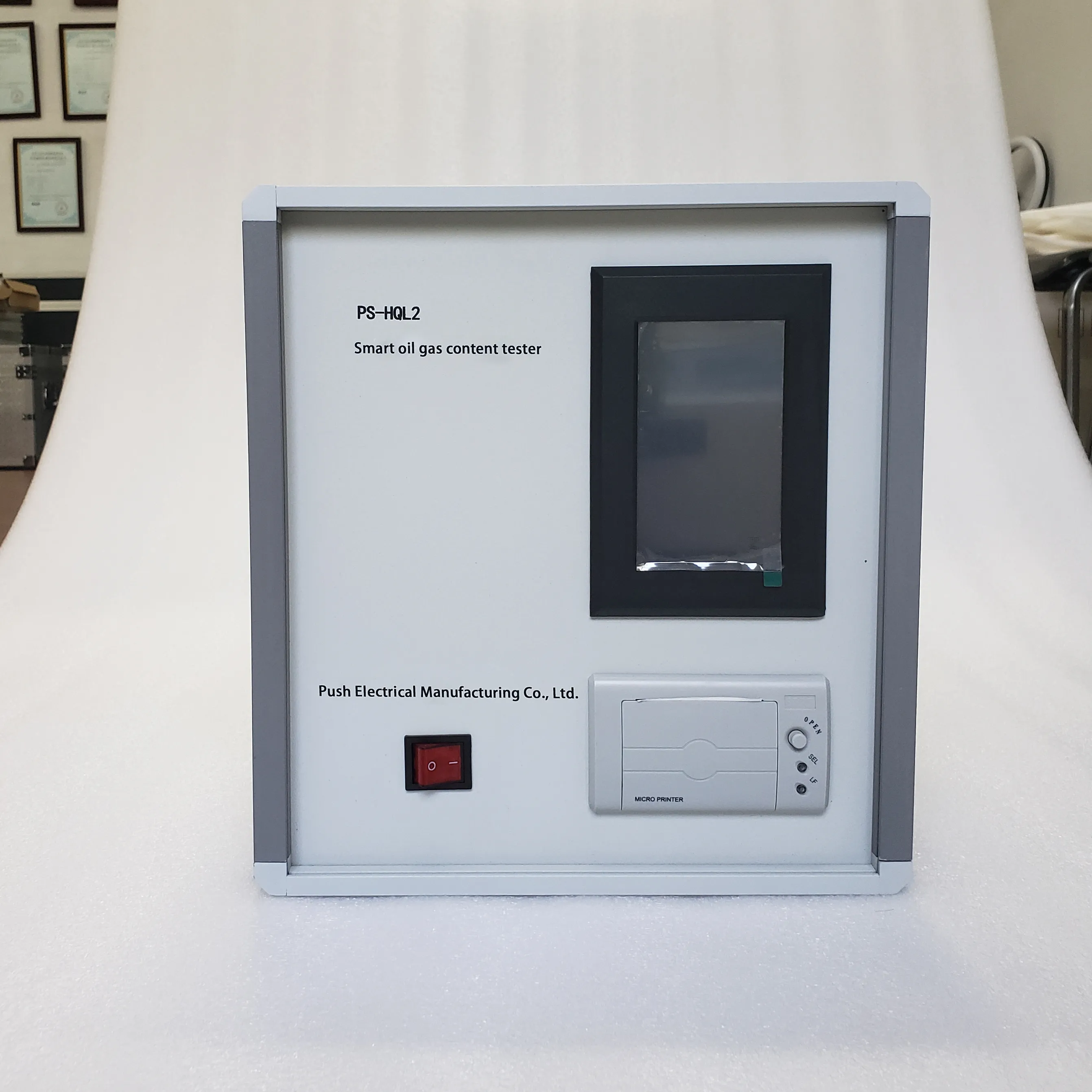 English
English


Acceptable Leakage Current Standards for AC Hipot Testing in Electrical Equipment
Understanding AC Hipot Test and Acceptable Leakage Current
The AC Hipot (High Potential) test is a critical procedure used primarily in the electrical and electronics industries to verify the insulation integrity of materials and components. This test assesses the ability of insulation to withstand high voltages and helps identify possible breakdowns in the insulation system. A significant aspect of the AC Hipot test is evaluating leakage current, which is crucial for determining the safety and performance of electrical devices.
The Purpose of the AC Hipot Test
The primary objective of the AC Hipot test is to stress the insulation of electrical equipment under controlled conditions. During this test, an AC voltage, significantly higher than operational voltage levels, is applied across the insulation for a specific duration. The primary concern during this procedure is the measurement of leakage current, which can indicate insulation failure or degradation. A high leakage current suggests that the insulation is not performing optimally, potentially leading to safety hazards such as electrical shocks or fire risks.
Acceptable Leakage Current Levels
Leakage current is a vital parameter to monitor during an AC Hipot test. It refers to the unintended flow of electric current that occurs when the dielectric material between conductive parts deteriorates. Acceptable levels of leakage current depend on several factors, including the type of device, operating conditions, and applicable safety standards. Generally, regulatory bodies like IEC (International Electrotechnical Commission) and UL (Underwriters Laboratories) have established guidelines for acceptable leakage current limits.
Typically, acceptable leakage current levels can be categorized as follows
1. Class I Equipment These devices are connected to the earth for safety purposes and generally have higher acceptable leakage currents, often in the range of 0.5 mA to 3.5 mA, depending on the voltage level.
2. Class II Equipment Known for double insulation and not requiring a direct earth connection, these devices typically have lower leakage current limits, around 0.25 mA to 1 mA.
ac hipot test acceptable leakage current

3. Medical Equipment This equipment has stricter regulations due to safety concerns. Acceptable leakage currents for medical devices are often set below 10 µA.
Factors Influencing Leakage Current
Several factors can influence the leakage current readings during an AC Hipot test
- Temperature and Humidity Elevated temperature and humidity can degrade insulation materials, resulting in increased leakage currents.
- Material Quality The type and quality of insulation material significantly affect leakage current levels. High-quality materials will typically display lower leakage currents.
- Surface Contamination Dirt, moisture, or other contaminants on the surface of insulating materials can create conductive pathways, increasing leakage current.
- Age of the Equipment Over time, insulation materials can degrade due to environmental stress and usage, leading to higher leakage currents.
Conclusion
The AC Hipot test is an essential component in ensuring the reliability and safety of electrical devices. Monitoring leakage current during this test is critical for identifying potential hazards. Understanding acceptable leakage current levels and the factors influencing them can help manufacturers and engineers design safer electrical products. By adhering to established safety standards, industries can mitigate risks, ensuring that electrical equipment functions safely and effectively in various applications.
-
Differences between open cup flash point tester and closed cup flash point testerNewsOct.31,2024
-
The Reliable Load Tap ChangerNewsOct.23,2024
-
The Essential Guide to Hipot TestersNewsOct.23,2024
-
The Digital Insulation TesterNewsOct.23,2024
-
The Best Earth Loop Impedance Tester for SaleNewsOct.23,2024
-
Tan Delta Tester--The Essential Tool for Electrical Insulation TestingNewsOct.23,2024





